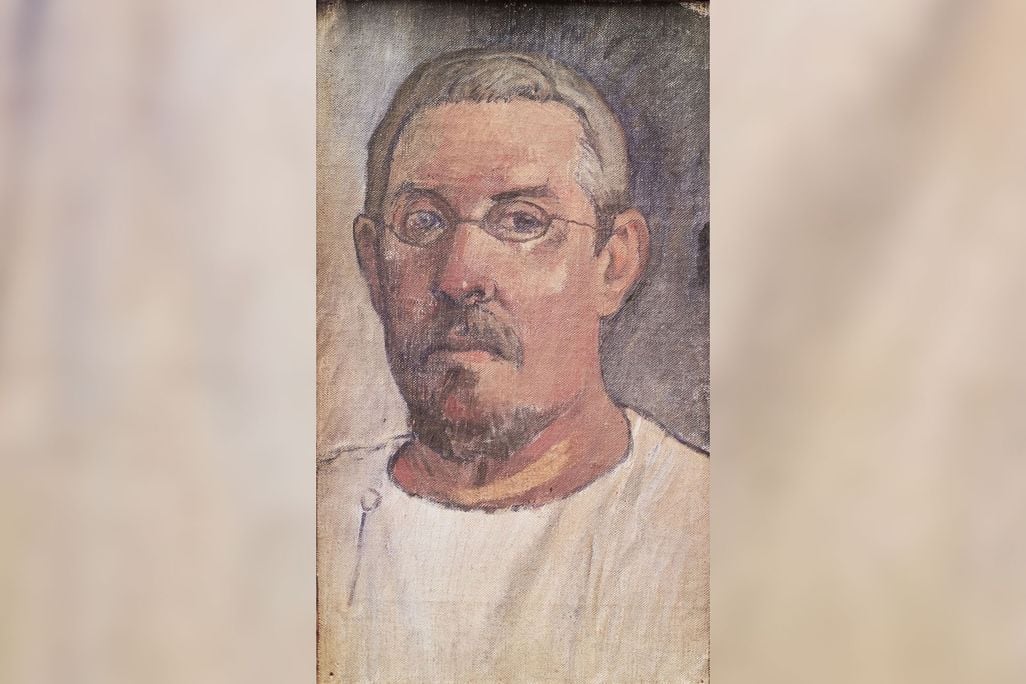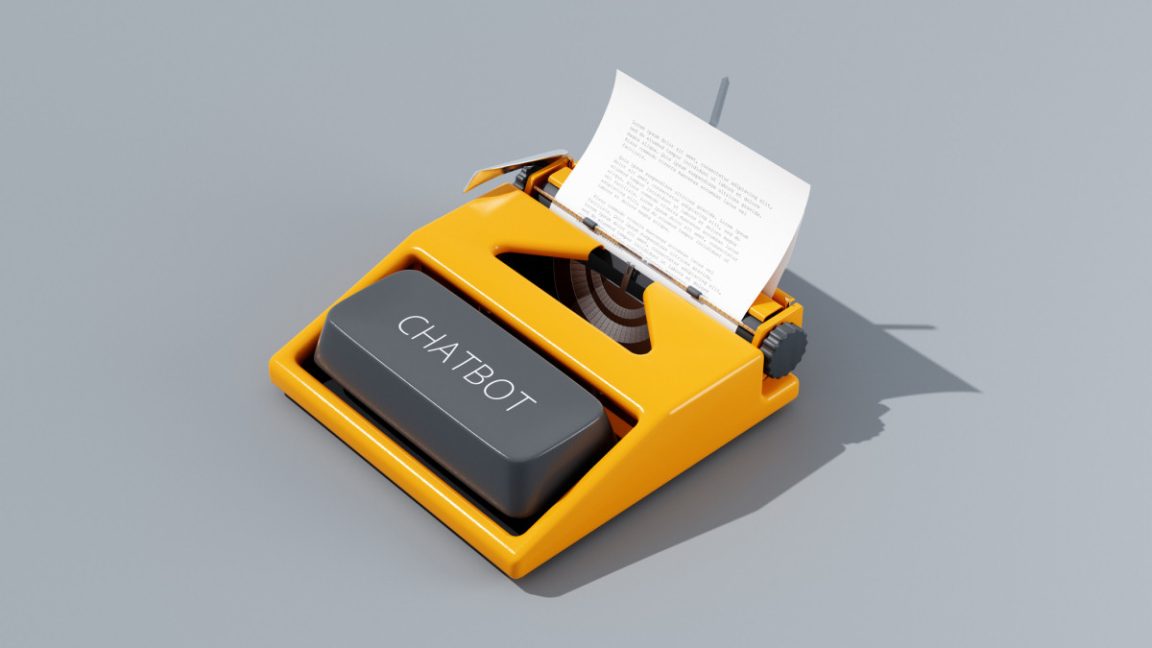Stephen Shames Highlights a Transformational Era in ‘Black Panthers & Revolution’
Black Panther Founder Bobby Seale running for mayor, 8 x 10 inches. All images © Stephen Shames, courtesy of Amar Gallery, shared with permission
Stephen Shames Highlights a Transformational Era in ‘Black Panthers & Revolution’
May 21, 2025
Kate Mothes
Completed in 1940, California Highway 17—now Interstate 880—bulldozed a vast swath of Oakland’s African American community to make room for the route. Cut off from downtown, these neighborhoods were stripped of their economic connections to the commercial center, disrupting social cohesion and among other policies and attitudes at the time, setting in motion an era of increased unrest.
One of these damaging policies took the form of the Federal Housing Administration’s systematic program of discriminating against people of color in a process known as redlining. During this time, Black people were prohibited from purchasing homes so that white, middle- or lower-class families could do so instead, and suburban communities were segregated by design. It’s something the people of Oakland simply wouldn’t stand for.
Black Panther kids demonstrate during the Bobby Seale and Ericka Huggins trial, New Haven, Connecticut, May 1, 1970. Gelatin silver print, printed 2016, 20 x 16 inches
Starting in the mid-1940s, the Bay Area city was the locus of numerous demonstrations, from general strikes to peaceful protests to all-out riots. Excessive force by the Oakland Police Department exacerbated tensions and gave rise to numerous local organizations like the Oakland Community Organizations, Unity Council, Intertribal Friendship House, and perhaps most famously, the Black Panther Party.
Often simply called the Panthers or the BPP, the political organization was founded in 1966 by college students Bobby Seale and Huey P. Newton. Its black berets and infamous so-called “copwatching” practices involved open-carry patrols with the mission to protect Black citizens from abuse by law enforcement. More importantly, the group also implemented a number of “survival programs” that provided essentials like food, medicine, clothing, and transportation to residents.
Acclaimed photojournalist Stephen Shames had a front row seat to the party’s rise. While they were still in college, Seale invited him to be the official photographer of the BPP, and until 1973, Shames created hundreds of powerful images that highlight the Panthers’ actions and ethos around California and the country.
“The Black Panther party burst upon our consciousness when Bobby Seale and other Panthers marched upon the California State Capitol in Sacramento—armed with guns,” Shames says in a statement. “This approach electrified a generation of Black youth.” More than 65 percent of the group’s membership comprised women.
Black Panthers food program, 8 x 10 inches
The BPP image was carefully choreographed, from militaristic uniforms to its distinctive logo to a deliberate and carefully designed weekly newspaper, with art director Emory Douglas, the party’s visual identity “master craftsman” at the helm.
In 2016, Shames and Seale co-authored the book Power to the People: The World of the Black Panthers, which showcases Black pride, resilience, and empowerment during this revolutionary era. He says:
The Panthers did not encourage hatred…The Black Panther Party sought to build a community through service to the people, providing free food and clothing. They gave purpose to the aimless, angry youth who loitered on street corners. The Panthers molded these young people into disciplined, hard workers who served their community and showed respect for mothers, fathers, and elders.
This month, a remarkable selection of Shames’ photos opens in Black Panthers & Revolution: The Art of Stephen Shames at Amar Gallery.
Panthers Line Up At A Free Huey Rally in DeFremery Park, Oakland, July 28, 1968. Gelatin silver, 16 x 20 inches
Striking black-and-white imagery portrays Seale, Newton, and other renowned activists like Angela Davis and James Baldwin among daily scenes of local youth and families, the Panthers’ food distribution program, and demonstrations. Shames’ photographs invoke a range of emotions, from the intensity of BPP rallies to the energy of local programs to the fundamental joy of togetherness and community.
Shames is known for his bold and emphathetic photo essays that shine light on social issues around the world. His work resides in the permanent collections of MoMA, The Metropolitan Museum of Art, San Francisco Museum of Art, the National Museum of American History, and dozens more.
Black Panthers & Revolution opens May 28 and continues through July 7 in London. If you’re in Los Angeles, keep an eye out for Shames’ solo exhibition, Comrade Sisters: Women of the Black Panther Party, which opens on August 7 at the Museum of Social Justice. Find more on the artist’s website.
Black Panther medical program, 8 x 10 inches
Angela Davis, 16 x 20 inches
Black Panther rally, 8 x 10 inches
Kids of the Black Panthers, 8 x 10 inches
Black Panther kid wearing a “Free Angela” T-shirt, 16 x 20 inches
James Baldwin visiting Black Panther founder Bobby Seale in prison, 16 x 20 inches
“Free Our Sisters”, 8 x 10 inches
Black Panther kids, 8 x 10 inches
Next article
#stephen #shames #highlights #transformational #era
Stephen Shames Highlights a Transformational Era in ‘Black Panthers & Revolution’
Black Panther Founder Bobby Seale running for mayor, 8 x 10 inches. All images © Stephen Shames, courtesy of Amar Gallery, shared with permission
Stephen Shames Highlights a Transformational Era in ‘Black Panthers & Revolution’
May 21, 2025
Kate Mothes
Completed in 1940, California Highway 17—now Interstate 880—bulldozed a vast swath of Oakland’s African American community to make room for the route. Cut off from downtown, these neighborhoods were stripped of their economic connections to the commercial center, disrupting social cohesion and among other policies and attitudes at the time, setting in motion an era of increased unrest.
One of these damaging policies took the form of the Federal Housing Administration’s systematic program of discriminating against people of color in a process known as redlining. During this time, Black people were prohibited from purchasing homes so that white, middle- or lower-class families could do so instead, and suburban communities were segregated by design. It’s something the people of Oakland simply wouldn’t stand for.
Black Panther kids demonstrate during the Bobby Seale and Ericka Huggins trial, New Haven, Connecticut, May 1, 1970. Gelatin silver print, printed 2016, 20 x 16 inches
Starting in the mid-1940s, the Bay Area city was the locus of numerous demonstrations, from general strikes to peaceful protests to all-out riots. Excessive force by the Oakland Police Department exacerbated tensions and gave rise to numerous local organizations like the Oakland Community Organizations, Unity Council, Intertribal Friendship House, and perhaps most famously, the Black Panther Party.
Often simply called the Panthers or the BPP, the political organization was founded in 1966 by college students Bobby Seale and Huey P. Newton. Its black berets and infamous so-called “copwatching” practices involved open-carry patrols with the mission to protect Black citizens from abuse by law enforcement. More importantly, the group also implemented a number of “survival programs” that provided essentials like food, medicine, clothing, and transportation to residents.
Acclaimed photojournalist Stephen Shames had a front row seat to the party’s rise. While they were still in college, Seale invited him to be the official photographer of the BPP, and until 1973, Shames created hundreds of powerful images that highlight the Panthers’ actions and ethos around California and the country.
“The Black Panther party burst upon our consciousness when Bobby Seale and other Panthers marched upon the California State Capitol in Sacramento—armed with guns,” Shames says in a statement. “This approach electrified a generation of Black youth.” More than 65 percent of the group’s membership comprised women.
Black Panthers food program, 8 x 10 inches
The BPP image was carefully choreographed, from militaristic uniforms to its distinctive logo to a deliberate and carefully designed weekly newspaper, with art director Emory Douglas, the party’s visual identity “master craftsman” at the helm.
In 2016, Shames and Seale co-authored the book Power to the People: The World of the Black Panthers, which showcases Black pride, resilience, and empowerment during this revolutionary era. He says:
The Panthers did not encourage hatred…The Black Panther Party sought to build a community through service to the people, providing free food and clothing. They gave purpose to the aimless, angry youth who loitered on street corners. The Panthers molded these young people into disciplined, hard workers who served their community and showed respect for mothers, fathers, and elders.
This month, a remarkable selection of Shames’ photos opens in Black Panthers & Revolution: The Art of Stephen Shames at Amar Gallery.
Panthers Line Up At A Free Huey Rally in DeFremery Park, Oakland, July 28, 1968. Gelatin silver, 16 x 20 inches
Striking black-and-white imagery portrays Seale, Newton, and other renowned activists like Angela Davis and James Baldwin among daily scenes of local youth and families, the Panthers’ food distribution program, and demonstrations. Shames’ photographs invoke a range of emotions, from the intensity of BPP rallies to the energy of local programs to the fundamental joy of togetherness and community.
Shames is known for his bold and emphathetic photo essays that shine light on social issues around the world. His work resides in the permanent collections of MoMA, The Metropolitan Museum of Art, San Francisco Museum of Art, the National Museum of American History, and dozens more.
Black Panthers & Revolution opens May 28 and continues through July 7 in London. If you’re in Los Angeles, keep an eye out for Shames’ solo exhibition, Comrade Sisters: Women of the Black Panther Party, which opens on August 7 at the Museum of Social Justice. Find more on the artist’s website.
Black Panther medical program, 8 x 10 inches
Angela Davis, 16 x 20 inches
Black Panther rally, 8 x 10 inches
Kids of the Black Panthers, 8 x 10 inches
Black Panther kid wearing a “Free Angela” T-shirt, 16 x 20 inches
James Baldwin visiting Black Panther founder Bobby Seale in prison, 16 x 20 inches
“Free Our Sisters”, 8 x 10 inches
Black Panther kids, 8 x 10 inches
Next article
#stephen #shames #highlights #transformational #era
·53 Views






